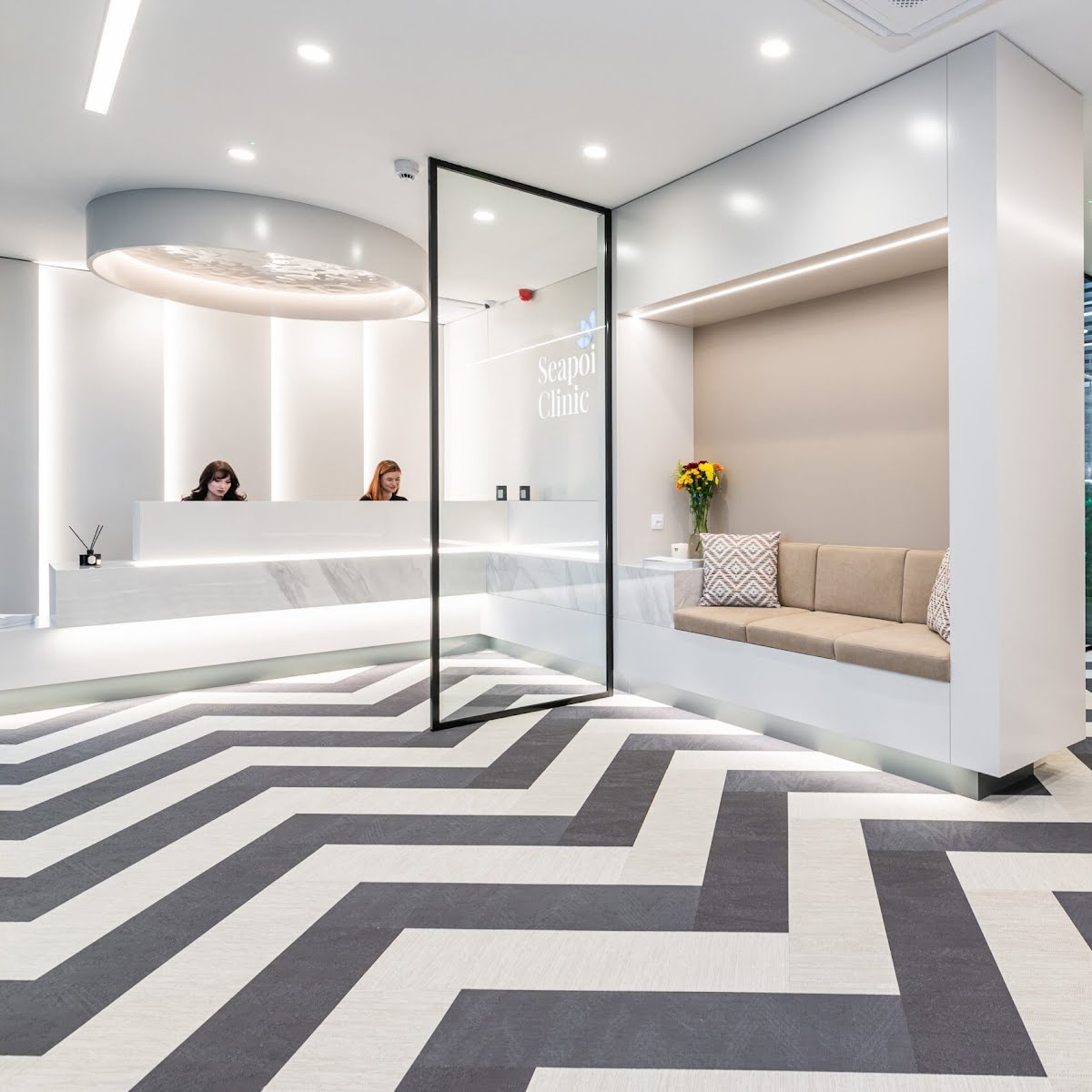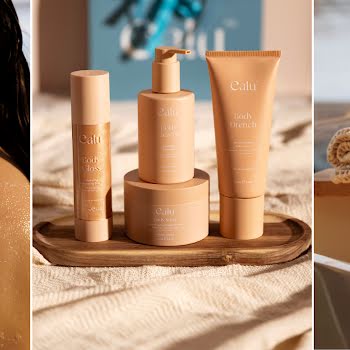
Forget fillers – your teeth hold the key to looking younger


We often overlook our teeth in anti-ageing routines, yet they’re key to a youthful look. Dr Alessandra Barbedo from Seapoint Clinic explains how modern dentistry can enhance both appearance and long-term oral health.
When it comes to beauty and ageing, we often focus on skincare, hair, and cosmetic treatments but what about our teeth? A bright, healthy smile can transform not just how we look but how we feel. Then, beyond aesthetics, our teeth play a crucial role in overall facial structure and well-being.
Dr Alessandra Barbedo from Seapoint Clinic is at the forefront of anti-ageing dentistry, a field that goes beyond routine check-ups to help patients maintain a youthful, confident appearance.
From simple enhancements to advanced restorations, she shares how modern dentistry is reshaping the way we think about beauty and ageing.
What exactly is anti-ageing dentistry?
Anti-ageing dentistry is a branch of dentistry that focuses on preserving and enhancing the function and aesthetics of teeth, gums and facial structure to combat the visible effects of ageing. As we age, our facial features, including the teeth, gums, and jawbone, change. This branch of dentistry addresses these changes to help maintain a youthful appearance and prevent issues like premature ageing, which can be caused by dental problems. A few examples of common issues include:
- Worn teeth – This can lead to shorter teeth, contributing to a more aged or ‘collapsed’ look. Worn teeth can also affect the bite and overall facial appearance.
- Receding gums – Gums naturally recede as we age. This not only exposes more of the tooth, leading to sensitivity and aesthetic issues, but also weakens the structural support of the teeth, making them more susceptible to fractures.
- Jawbone loss – The loss of teeth or improper alignment can lead to bone resorption (bone loss) in the jaw. This leads to a sunken, aged appearance, as the lower half of the face lacks the support it needs.
- Premature wrinkles – The collapse of the facial structure caused by dental issues, such as the loss of teeth or bone, can lead to deepening lines and wrinkles, especially around the mouth and jaw area.
- Teeth misalignment or overcrowding – As time passes, our dental arches naturally begin to shrink in size, causing teeth to shift and become misaligned. A narrow arch is another condition that can cause black spaces to appear at the sides of the smile.
- Loss of lip support – With ageing, teeth gradually move backwards due to bone loss and resorption. Previously, teeth helped support the lips, but as this shift occurs, patients often feel like their lips have lost their fullness.
What treatments do you recommend for these issues?
Before considering any facial aesthetic treatments, it’s crucial to ensure your teeth are healthy and are providing the necessary support. Tooth loss and wear can result in a loss of height in the lower third of the face. Anti-ageing dental treatments focus on restoring this foundation first, as the root cause may lie within the mouth, making external procedures less effective. The most popular treatments for addressing these concerns include implants, crowns, and veneers.
However, one of the most sought-after options is the minimally invasive approach, which combines orthodontics and composite bonding to deliver impressive, transformative results for patients.
What is ‘witches’ jaw’ and how common is it?
The term ‘witches’ jaw’ describes a condition where the lower face loses its youthful shape due to jawbone resorption, often following tooth loss. This condition is fairly common and leads to a collapsed, sunken appearance around the jaw and chin. As the teeth and jawbone lose their vertical support, the skin begins to sag, and deep wrinkles develop.
This characteristic typically emerges after tooth loss and subsequent bone resorption. When teeth are missing, the jawbone no longer receives the stimulation it needs to maintain its mass and density, causing the bone to shrink and the jaw structure to collapse. This issue is more prevalent in women, particularly after menopause, as hormonal changes can impact bone density and accelerate bone resorption.
Are there any other links between beauty treatments and cosmetic dentistry we should be aware of?
The connection between beauty treatments and cosmetic dentistry extends beyond Botox and fillers. Many people combine veneers, implants and teeth whitening with non-surgical facelifts to enhance both their smile and overall facial aesthetics. Botox can also help with TMJ disorders, relieving jaw tension and pain.
However, lasting results come from addressing underlying dental issues, such as misaligned bites, which impact facial structure. Cosmetic dentistry and facial aesthetics should work together, as a healthy, well-aligned smile is key to a youthful appearance.
One patient sought orthodontic treatment after noticing her teeth shifting. During our conversations, she shared that she relied on dermal fillers to restore lost lip volume. After Invisalign, whitening and composite bonding, her teeth naturally supported her lips, reducing her need for fillers. She was thrilled, looking and feeling years younger simply by addressing the root cause.
Seapoint Clinic has two beautiful clinics located in Blackrock and Sandyford. To learn more or book an appointment today, visit their website or call 012842570.
























